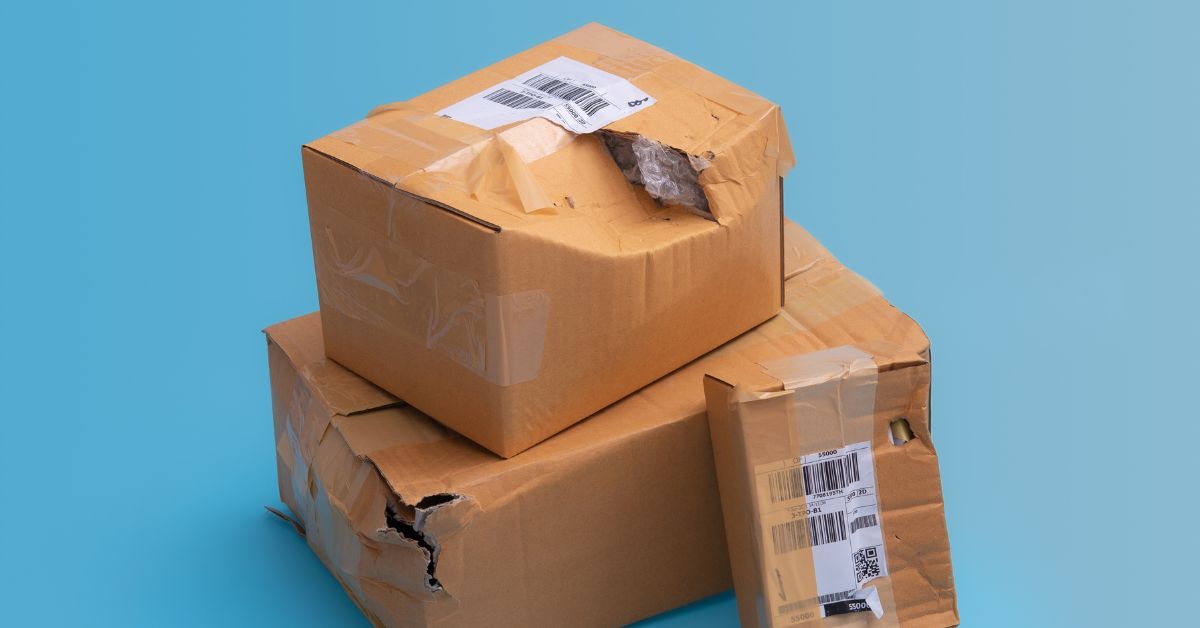The Most Common Types of Shipping Damage

When it comes to e-commerce, it’s not just about the sale—it’s about the satisfaction your customers get when they receive their orders. Your customers trust you not just with their orders but with their expectations of a delightful unboxing experience. But that trust can shatter if your shipments arrive damaged. Shipping damage can result in losses, returns, and, worse, unhappy customers.
It’s crucial for online business owners to familiarize themselves with the types of shipping damage that could occur and, more importantly, how to prevent them. Here are four of the most common types of shipping damage and some simple strategies to minimize these risks.
Crushed Shipments
Crushed shipments are the result of excessive force or pressure during the transportation process. This can happen when stacking packages too high or placing heavier shipments on top of lighter ones. The impact on your products can be substantial; damage to corners, dents, or malformation can render products unsellable or result in costly returns. To prevent this, pack your items snugly to restrict movement and use high-quality cardboard boxes that are designed to withstand a certain level of pressure.
Water-Damaged Packages
Water damage is a silent but serious threat to your goods. Whether it’s from a leaky warehouse roof or exposure to the elements during transit, water can ruin products, packaging, and even the expectations of your customers. To avoid such messes and disappointments, use waterproof sealing on all your packages, choose double-walled containers, and avoid direct contact with the ground, especially during loading and unloading.
Torn Packaging
Torn packaging is often an aesthetic issue, but it can lead to further problems. It exposes your products to the elements, pests, and possible theft. Choosing packaging wisely is essential. If you’re using poly bags, choosing the right thickness is important; if your bags are too thin, they could tear. Consider the value and fragility of your products when selecting packaging material to ensure the safety of your shipments during transit.
Infested Shipments
Infestations can occur in warehouses or during transit, especially if containers remain stationary for long periods of time. The resulting damage can range from soiling to the complete destruction of products. To prevent infestations, use broad-spectrum pest control measures, inspect shipments for signs of pests before sending them, and ship goods in sealed or airtight packaging where appropriate.
Taking steps to prevent these types of shipping damage can decrease the occurrence of losses in transit. By being proactive and vigilant, you can uphold your commitment to customer satisfaction and protect your bottom line.




